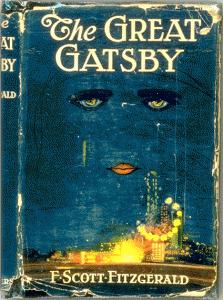high school
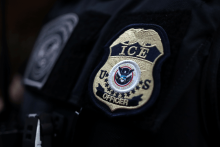
Sara arrived in the United States as a 7-year-old refugee when her family fled religious persecution in Bangladesh. Eleven years later, Sara now calls Montgomery County, Md., home. But if the Trump administration has its way, she would be immediately deported because of her undocumented status.
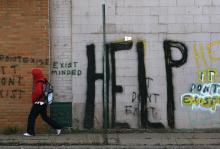
MY FIRST JOB out of college was teaching at-risk black and Puerto Rican kids in an alternative high school setting. At 20 years old, fresh from a critical theory-oriented undergraduate curriculum, I basically taught what I had read in college: bell hooks, Audre Lorde, Paulo Freire, Noam Chomsky. I was thrilled to do it. After all, in front of me were the people that I had studied in those critical-theory classes—“the oppressed.” And here I was to deliver liberation.
“Is this going to get me my GED?” a skeptical student named Angel asked me at one point. “If I pass, I get $1 an hour more at Cub Foods, and my girlfriend is pregnant, so, you know, I gotta get that. I ain’t slanging [dealing drugs] no more.”
I wanted to tell Angel that I was providing him far more than material gain. I was the bearer of soul freedom.
When Joel, the math teacher at the school, caught wind of what I was doing, he about put me up against the wall. “Are you crazy?” he said. “You walk in here from your privileged life and start delivering oppressive-systems mumbo jumbo to kids who need to learn how to read? Teach them that they need to work their butts off to pass the damn test. Stop giving them an excuse to blame the system.”
It is one of the most important lessons I’ve ever gotten in my life: People closest to a tough situation usually want to find the most direct way out, not the most ideological critique of injustice.

Wilson and Jones’ data reflects that, in 2015 — just as in 1975 — poor black Americans worked more hours than poor white Americans. It also reflects that the labor of black women who work low-wage jobs has increased larger than the labor of any other demographic studied by Wilson and Jones, even demographics that are combinations of racial, gender, and income. Black woman with low-wage jobs have increased their hours of labor since 1979 by 30 percent.
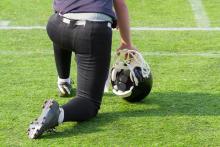
A Georgia school district is investigating after video of a mass baptism was posted on YouTube.
The video, posted by First Baptist Villa Rica, was shot on school grounds just before football practice.
“We had the privilege of baptizing a bunch of football players and a coach on the field of Villa Rica High School! We did this right before practice! Take a look and see how God is STILL in our schools!” the caption with the video reads.
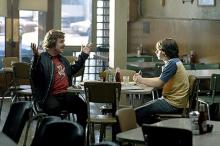
DURING THE WINTER of my sophomore year in high school, a fistfight broke out in the cafeteria. It wasn’t anybody I knew especially well, and it didn’t get very far, but it marked a day in my life I’ll never forget.
Once the commotion started and the chant of “fight, fight, fight” rose up in the lunchroom, everybody stood to cheer and watch. I did too, craning my neck to try to see better, probably wearing a sophomoric smirk on my face. It felt to me as if the whole world had gotten to its feet.
Everybody except one person. I only noticed when it was over and all of us turned to sit back down. My friend JJ hadn’t budged. Judging by the fact that his sandwich was almost gone, he hadn’t even let the matter affect his lunch. He didn’t ask any questions about the fight—not who was involved, not whether there was blood, not who won—he just bit into his apple.
The rest of us tittered on about the whole thing. Who we were rooting for, whether it would continue at the park after school, blah blah blah. JJ just stared off into space.
Finally, the contrast felt too much for me, and I said, “Hey JJ, why didn’t you get up?”
“I don’t like fights,” he responded. Then he looked me straight in the eye and said, “You don’t like fights either.”
In another sign of the emergence of nonbelievers in American society, the Secular Student Alliance, a national organization of more than 300 college-based clubs for atheists, humanists, agnostics and other “freethinkers,” is helping to establish clubs for high school students to hang out with other teens who share their skepticism about the supernatural.
“I am hoping that atheist students having their clubs and religious students having their clubs will promote dialogue,” said JT Eberhard, director of SSA’s high school program. “I also hope it will let the atheist students know that you can be an atheist and its okay. You are still a good person. We want to say: Here is a place where you can feel that.”
There were about a dozen such clubs at the beginning of the 2011-2012 academic school year, a figure that rose to 39 in 17 states by summer break. The clubs are student-led, with SSA providing information and guidance only upon a student’s request.
Some clubs are in states with high levels of “nones” -- people who claim no religious affiliation -- such as New York, Washington and California. But some are in the buckle of the Bible Belt: North Carolina, Alabama, Louisiana and Texas all have at least one high school with a club for atheists.
And more are forming. Students at 73 different high schools have requested “starter kits” since January of this year, according to SSA.
